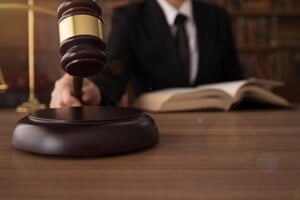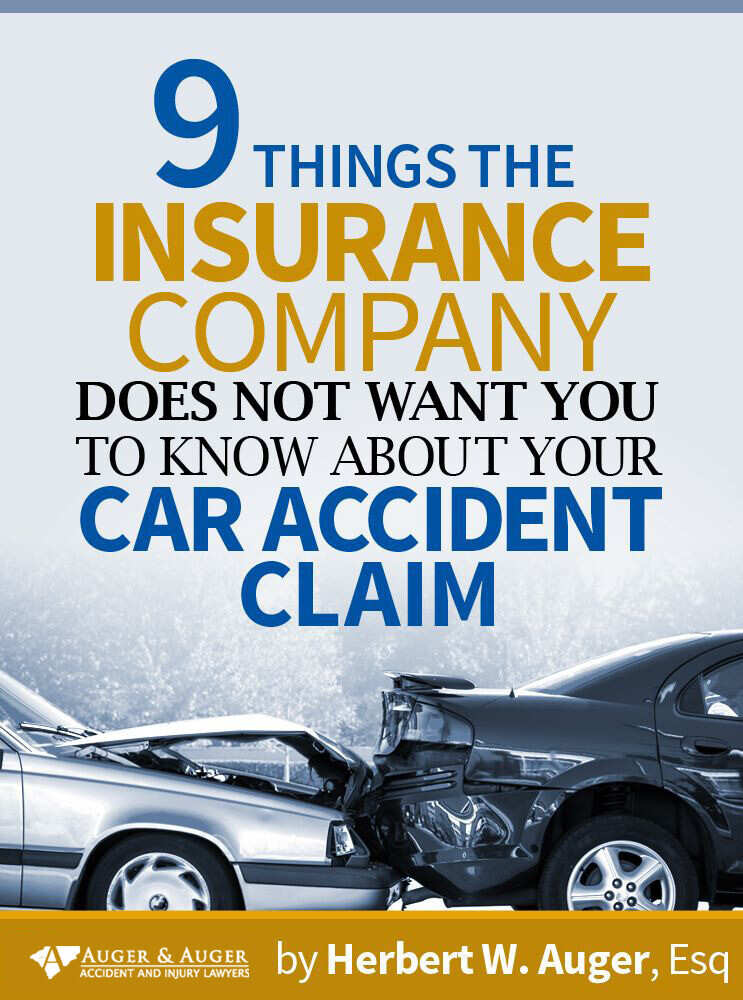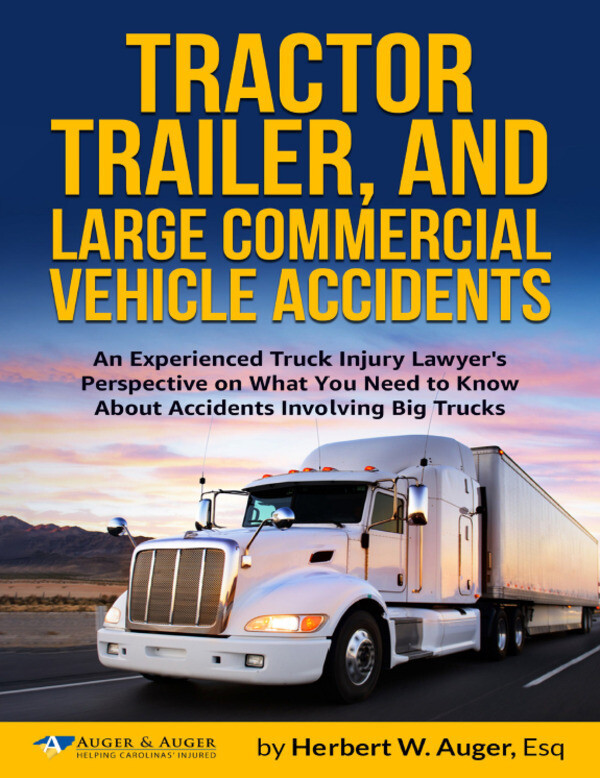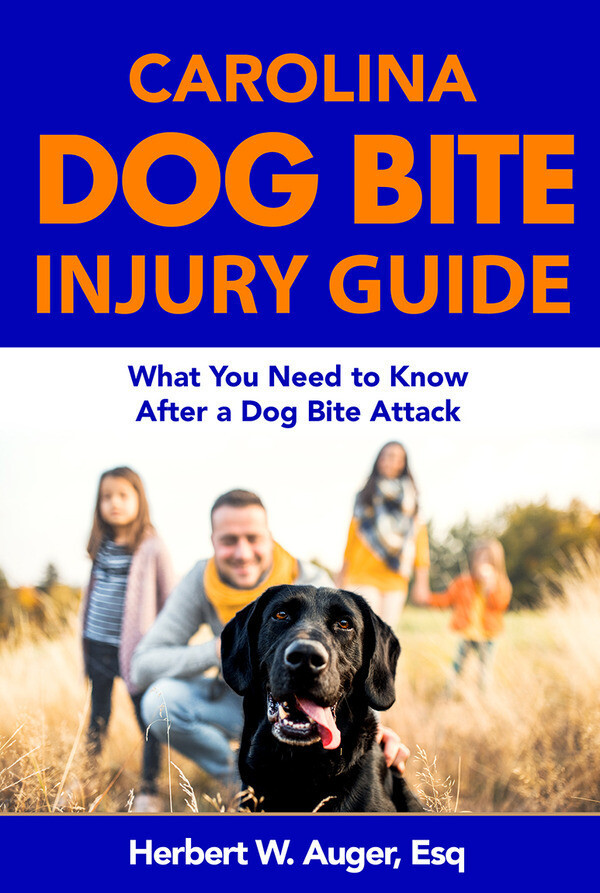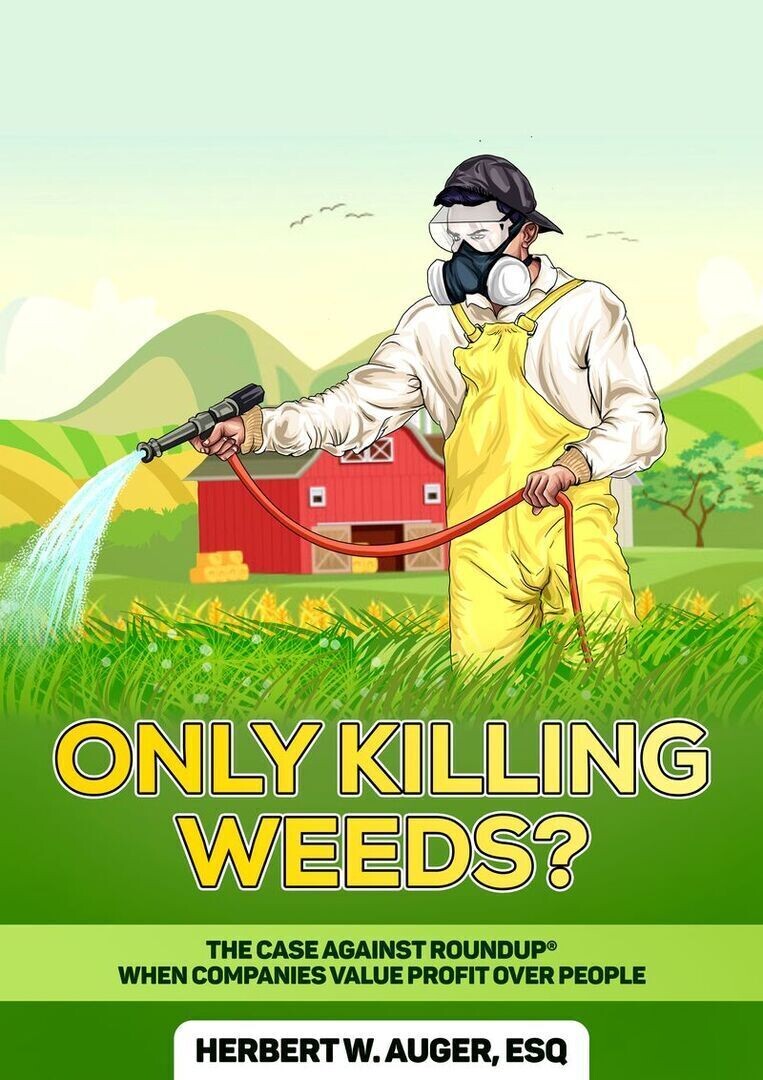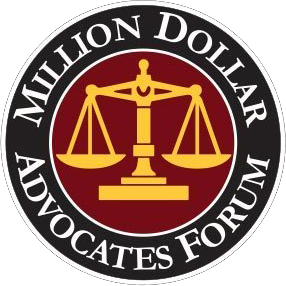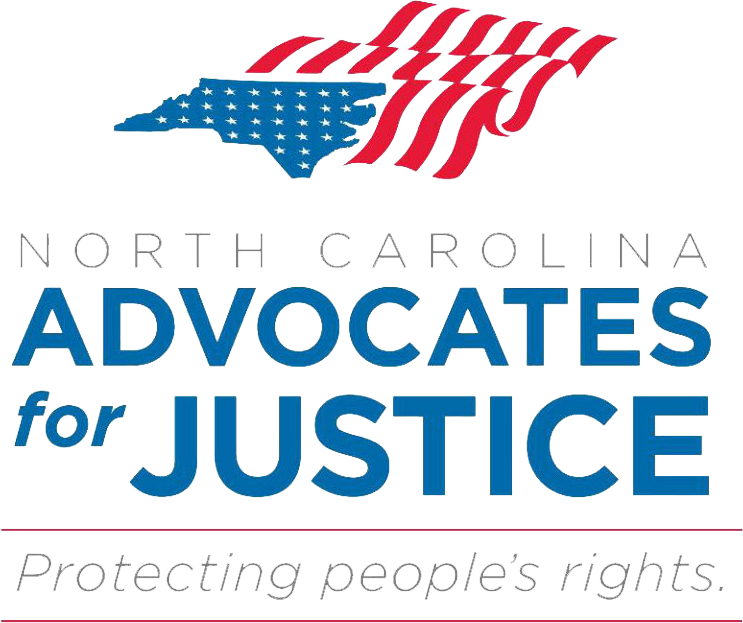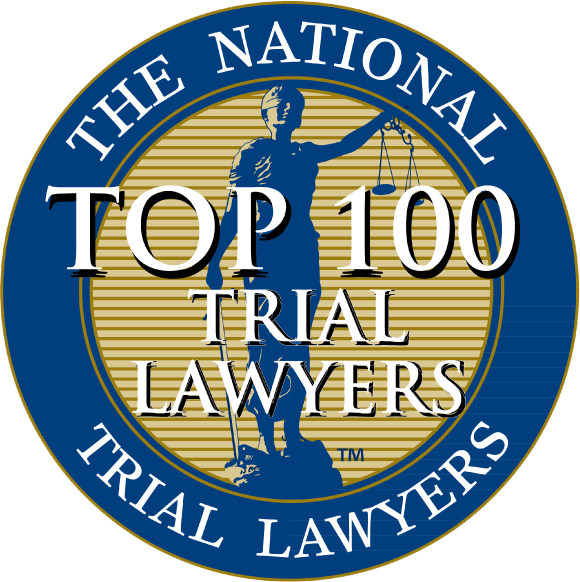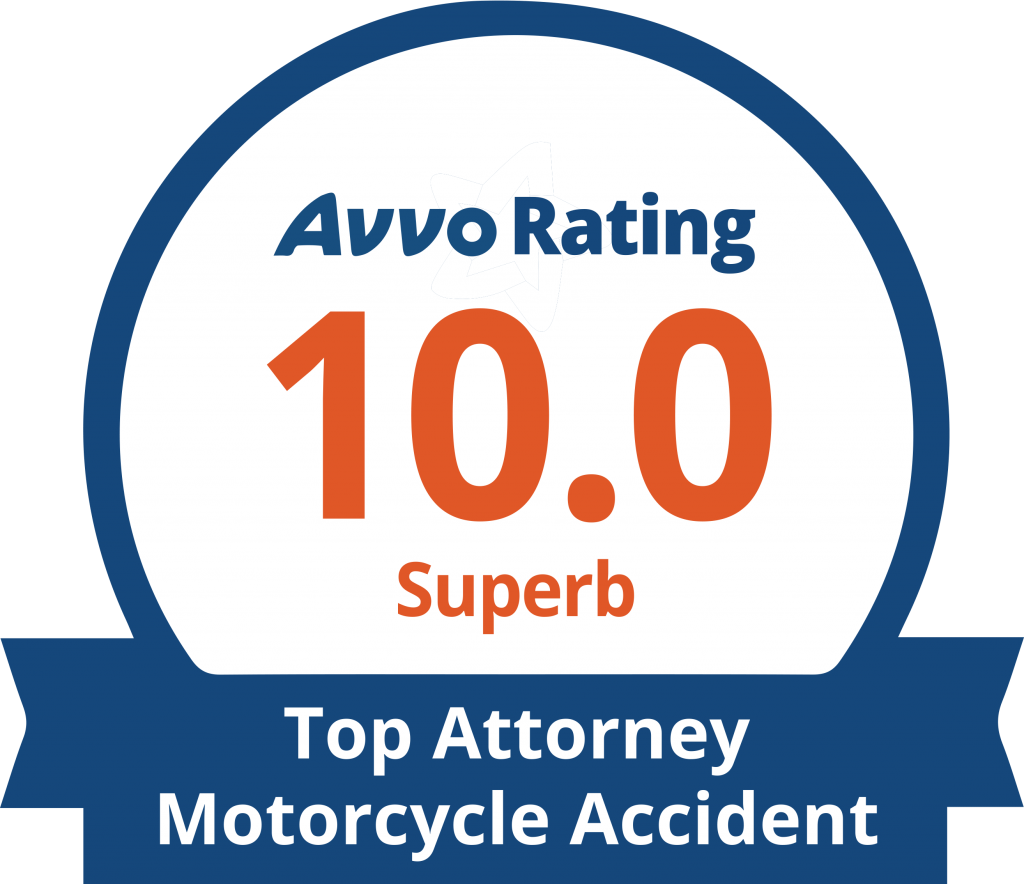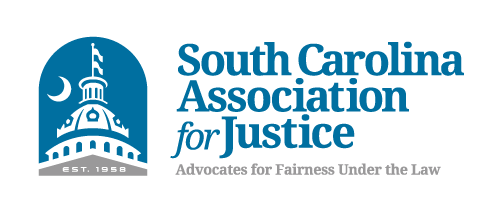Will I have to go to court if I file a lawsuit for a car accident?
It’s not possible to say for certain until after we meet with a client, learn their story, and attempt to negotiate with the at-fault party’s insurance company. However, we can tell you that most personal injury lawsuits are settled out of court. It’s always our goal to negotiate with the insurance company and any other responsible parties, in the hopes of coming to an agreement that will save everyone the time and expense of a lengthy trial. Many times, this process culminates in a fair agreement that provides the client with the compensation they deserve.
Nonetheless, sometimes there are situations where the other party simply won’t agree to an equitable settlement. When this happens, the client has the option to go ahead and proceed to court, where we argue their case using the best legal strategies for their situation.
It can help to understand more about the general order in which elements of a personal injury claim will go. Let’s take a look at how we file and pursue a personal injury lawsuit:
Initial Consultation
First, we meet with the client for a free, no-obligation consultation. We ask questions about the accident, their injuries, and the other parties involved. Sometimes we identify additional possible defendants and avenues for pursuing compensation. This can be useful later on if there are difficulties in acquiring all the compensation you need from an insurance company for any reason. If you have bills, medical records, an accident report, and any other documents related to the accident, please bring these along as they will help us learn more about your case.
If we believe you have a strong case and we can help you pursue it, we will offer you representation. This doesn’t involve paying a retainer or any money upfront – we’re aware that many people are struggling with medical and repair bills after a car accident. We work on a contingency basis, so we only charge a fee if and when we win your case. If you decide to pursue a claim and want us to represent you, we’ll move on to the next step.
Investigating The Accident
When we start work on your case, we gather as much information as possible, starting with whatever documents you were able to provide. We then go over the accident report, looking for discrepancies or any issues that may need further inquiry. In some cases, we assign an investigator from our office to look for more evidence. They may knock on doors near the scene of the accident, searching for additional witnesses. Or they may seek out more evidence, such as trying to find nearby cameras that may have captured video of the accident. Our investigators are very thorough, and in some instances, they may uncover additional information missed in the initial police report.
Once we have amassed as much information as possible, we review all the evidence, as well as your damages – medical bills and other expenses, car repairs, lost income, pain and suffering, and possibly other damages. We’ll discuss with you what we believe would be a reasonable amount of compensation to ask for and answer any questions you have.
Submitting A Demand Package
In most cases, the next step is to let the at-fault party’s insurance company know what you want. This is called sending a demand package. It has two components:
- The demand letter, explains the circumstances of the accident and lists the reasons why the insurance company is liable (usually a list of reasons why their client was at fault in the crash). It will also state how much money you require to settle the case.
- Supporting documents, which are usually copies of the documents we discussed above – medical records and bills, the accident report, documentation of lost wages or time missed at work, etc.
Then we wait for a response from the insurance company.
Note that there are some situations where we may do things differently, such as when the client has already filed a claim and been denied, when the at-fault party was uninsured, or when there are multiple potential defendants.
The Other Party Responds
This can go several ways. Obviously, the best response is for the insurance company to simply agree to all your demands. Occasionally this happens, but it’s more common for us to go through several more rounds of negotiations. Insurance companies work very hard to avoid paying claims or to reduce the amount they pay for them.
In some cases, the insurance company makes a counteroffer of a smaller amount of money with some explanation as to why. They may disagree that your claim was worth as much as you asked. Or, they may note that your demands exceed the policy limits. If your claim is worth a substantial amount of money, this is not surprising. North Carolina’s minimum car insurance requirement is $30,000 in bodily injury liability and $25,000 in property damage. Of course, you can purchase more coverage, but many people don’t.
When you receive a settlement offer, we will always meet with you to go over it and answer your questions. We’ll let you know if we think further negotiations will lead to a better outcome, but the decision will be yours. If the insurer is willing to pay out to the policy limit, it is usually unlikely that you will get a better offer from them. At that point, we will most likely advise you to accept the insurance company’s offer, then go over your options for seeking the rest of your damages from other parties. Your own uninsured/underinsured motorist coverage may pay for some of it. You can also sue the other driver directly, although this option may not be worthwhile if they have few assets. There may also be other third parties you can pursue a claim against, depending on the circumstances.
If the insurer has not offered to at least payout to the policy limit and you don’t want to accept the offer, we may try to negotiate with them further, or we may simply decline and proceed to the next step of filing a lawsuit.
Finally, the third possible response is that the insurance company flat-out denies your claim entirely. Usually, they do this because they say they are not actually liable for various reasons. Sometimes they reference a clause in their policy about what is and isn’t covered. Other times they may claim that they don’t have to pay because you contributed to the accident, even if their client was still clearly at fault.
How does that work? North Carolina is one of the few states that still uses pure contributory negligence statutes in personal injury cases. The idea of these statutes is that if the plaintiff (the person bringing the claim) contributed to the accident in even a small way, then the defendant (the person or entity the claim is made against) doesn’t have to pay any damages. This is true even if your “contribution” only amounted to being one percent of the cause of the crash. So it is common for the insurer or another party to claim you contributed to the accident.
Clients are often very frustrated to learn this. However, if you pursue a lawsuit against the insurer, they will have to prove their assertions in court. In many cases, we are able to present evidence that the client really did not contribute to the accident at all, and the insurance company has a duty to pay.
If the insurer completely denies your claim, we may respond by letting them know why we believe they are liable after all, and that we have evidence we are ready to present at trial. Sometimes this may convince the insurance adjuster to rethink their response, but in many cases, it doesn’t, and we proceed to the next step of the process.
Filing A Complaint
If we’ve gone as far as we can with negotiations and simply can’t reach a reasonable settlement with the insurer, you can choose to continue with a lawsuit. This means that we will file a complaint with the court, explaining the reasons for the complaint, your injuries and demands, and the names of the defendant/s.
It is then up to the insurance company and any other named defendants to respond. The most common response is for the insurer to file an answer essentially explaining why they should not have to pay your claim. They could also file a counterclaim saying that you were at fault for the accident. If they fail to respond at all, the court will usually find it in the plaintiff’s favor, but this is uncommon with insurance companies.
The Discovery Process
Assuming the insurance company has responded, we will usually move on to the discovery phase of a trial, where both parties may request and exchange evidence in the case. This may include:
- Interrogatories, or written questions sent to the other party, who is required to answer them under oath.
- Document requests – this can include accident photos, emails, medical or police records, or other documents related to the crash.
- Requests for admissions are requests that one of the parties admit to some aspect of the case that is in question.
- Depositions are in-person interviews with involved parties or witnesses. Both parties’ attorneys will be present and a court stenographer will take notes. The deposed party will be under oath.
- Inspections of property (such as a wrecked car) or medical exams may also be requested.
Alternative Dispute Resolution
North Carolina courts are very busy, and the parties involved in every case are required to make an attempt at alternative dispute resolution. Now that both sides have access to all the evidence they need, the hope is that they can come to an agreement without a trial.
There are two alternatives: Mediation involves an impartial third-party mediator who tries to help both sides come to an agreement. The process is voluntary, and if the parties don’t reach an agreement, they can give up and proceed to trial. Arbitration is more like a trial on a smaller scale. The arbitrator listens to both sides as a judge would, and decides on the case. This decision is binding, but if one party is dissatisfied, they can still continue with the lawsuit.
Going To Trial
As you can see, there are many attempts to avoid a trial in the process, but sometimes, despite everyone’s best efforts, a trial is necessary. If this is the case, your attorney will keep you up to date on their strategy. Once in court, they will present all the evidence in your favor, and the other party’s attorney will offer evidence for their position. Both lawyers will have the opportunity to question witnesses. If you will be going on the stand, your attorney will spend time helping you prepare beforehand, by going over questions the other party’s attorney is likely to ask.
Once all the evidence has been presented, both lawyers will make closing arguments, and the jury will deliberate. At some point, they will arrive at a conclusion or a verdict. If they found it in your favor, you will eventually receive a judgment. If they did not find it in your favor, you and your attorney may discuss appealing this decision.
Those are the general steps of a car accident lawsuit. If you have questions or concerns about your situation, we encourage you to schedule a free consultation with a personal injury lawyer to better understand your options.
Auger & Auger Accident and Injury Lawyers has been helping car accident victims throughout the Carolinas seek the compensation they deserve for over 26 years. We know what it takes to fight the insurance companies both in and out of court, and we’ll put all of our resources into representing you effectively.
Give us a call today at 800-559-5741 or contact us online for a free, no-obligation consultation with an experienced car accident lawyer.
